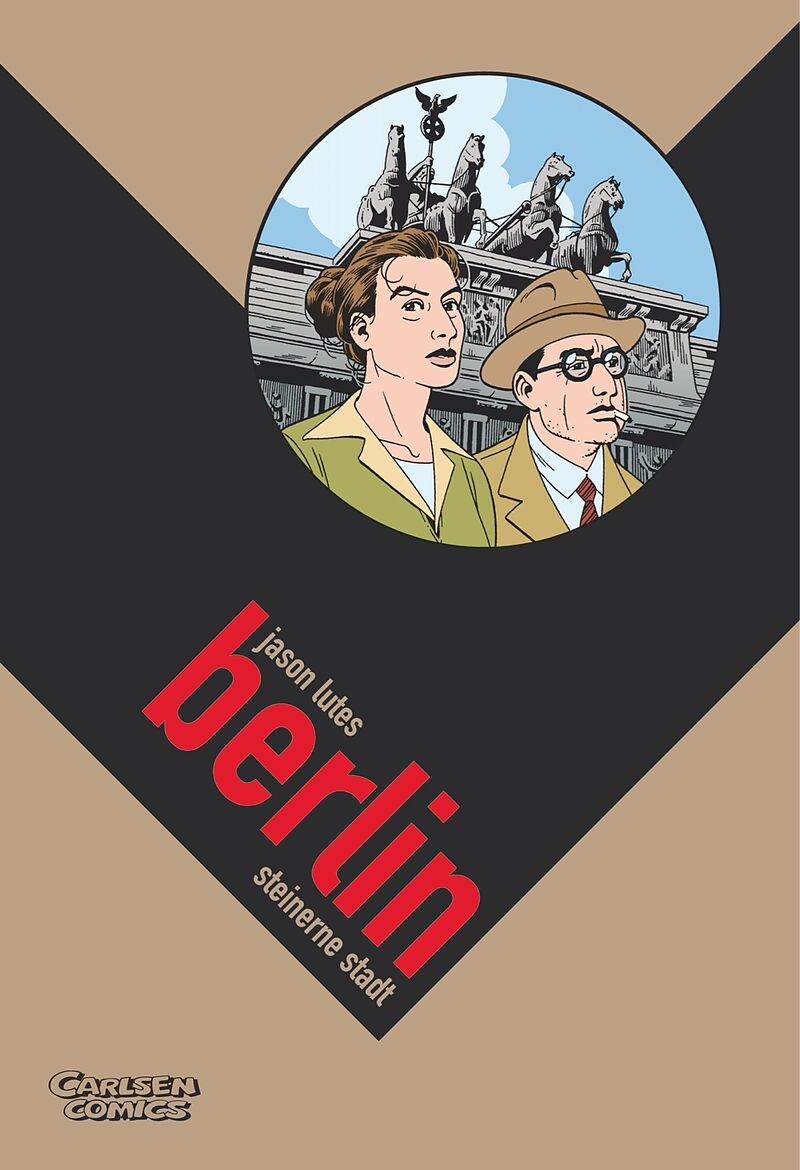
How can one read an abstract graphic narrative? Under what conditions do we cease to view a set of images as static representations, or as marks on paper existing for their own sake, and begin to read them as the story of a changing world in motion, or even invest them with impetus, emotions and desires? In this article I will explore the ways in which readers can make sense of abstract comics. It provides a degree of emotional closure, further contributing to the architectural theme of the comic, and it pulls the architectural structure of the work towards a cathartic narrative resolution. The characters’ collaborative construction of a pergola as an architectural addition to their father’s house holds two meanings. Repurposing the notion of ‘iconostasis’ from Andrei Molotiu provides a way of bringing together the reader’s self-directed perusal of the comic’s page and the characters’ self-directed navigation of their grief. architectural properties of La Casa’s own construction. At the level of comics form and visual narrative structure, artistic choices underscore the. At the level of theme and represented content, the comic employs architecture as a mediator of emotional connections and familial grief. This article explores Paco Roca’s graphic novel La Casa (2015) with attention to the structuring role of architecture at two interrelated levels of analysis. Results show that preadolescence represents the beginning of the transition to a more interpretative type of thinking.




The variables that most contributed to forming these groups were: the use of a simpler plot focusing on characters' intentions or of a more complex plot focusing on characters' intentions or making interpretations about them the attempt of interpreting experiences and the description of the characters according to their physical-demographic or intentional characteristics. could be divided into two groups with different development levels, one more advanced than the other. Cluster analysis revealed that the sample. Two characteristics of the narrative mode of thinking were analyzed: the structural complexity of the narrative and the presence of socio-psychological aspects. This study investigates the development of the narrative mode of thinking in 33 preadolescents (10-13 years) by analyzing their autobiographical narratives collected through individual interviews.


 0 kommentar(er)
0 kommentar(er)
